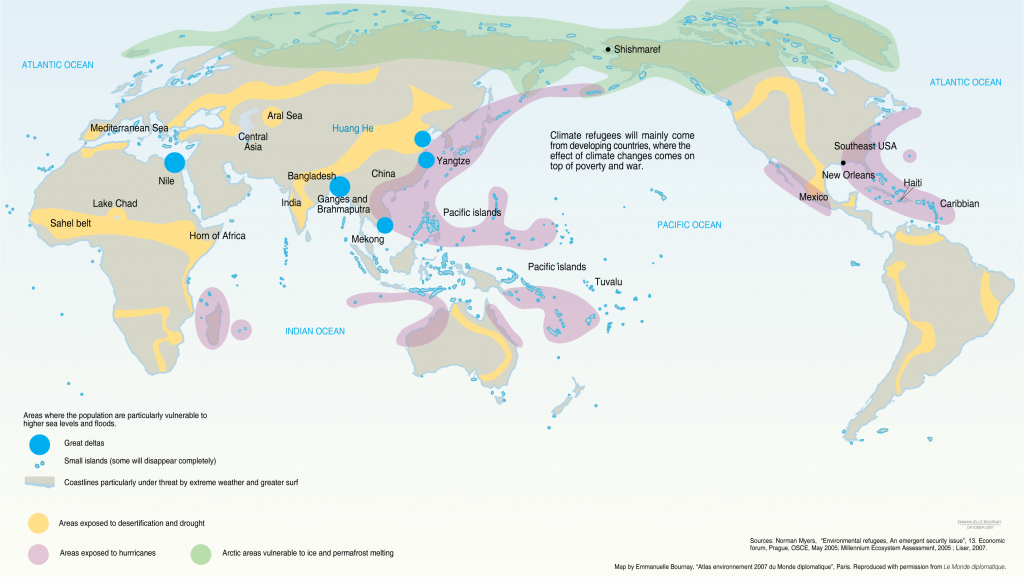Environmental Migration
Environmental migration occurs when the environment adversely affects the lives of people causing them to leave their homes. It was found that in 2019, 24.9 million people were displaced due to environmental reasons. Predictions for 2050 estimate that as many as 200 million people could be displaced per year if global warming is not addressed.

Not Just Humans…
Environmental changes have also shifted migration patterns for animals.
Higher temperatures from global warming cause, for instance, shifts in the arrival and departure times of migratory birds. Changes in bird migration affect, for example, the fish or insects that the birds eat or the predators that eat birds…upsetting the whole ecosystem.
The incidence of sedentary, non-migratory populations are increasing. These populations tend to have a greater risk of infection than migratory populations that are more spread out and on the move.
Arctic animals, who have witnessed the most profound effects of global warming, are migrating and birthing earlier.

Who Gets Hit The Hardest?
Unfortunately, the people most likely to be displaced by environmental adversities are from developing countries where they are also facing poverty or war.

